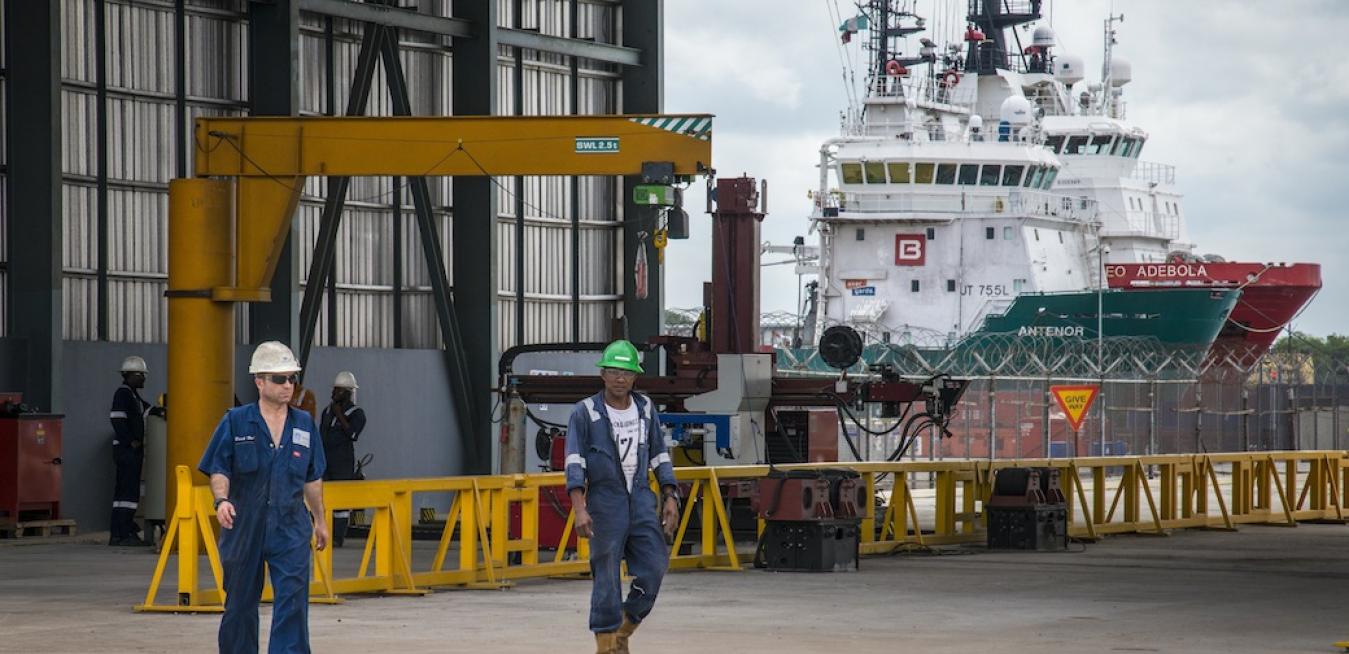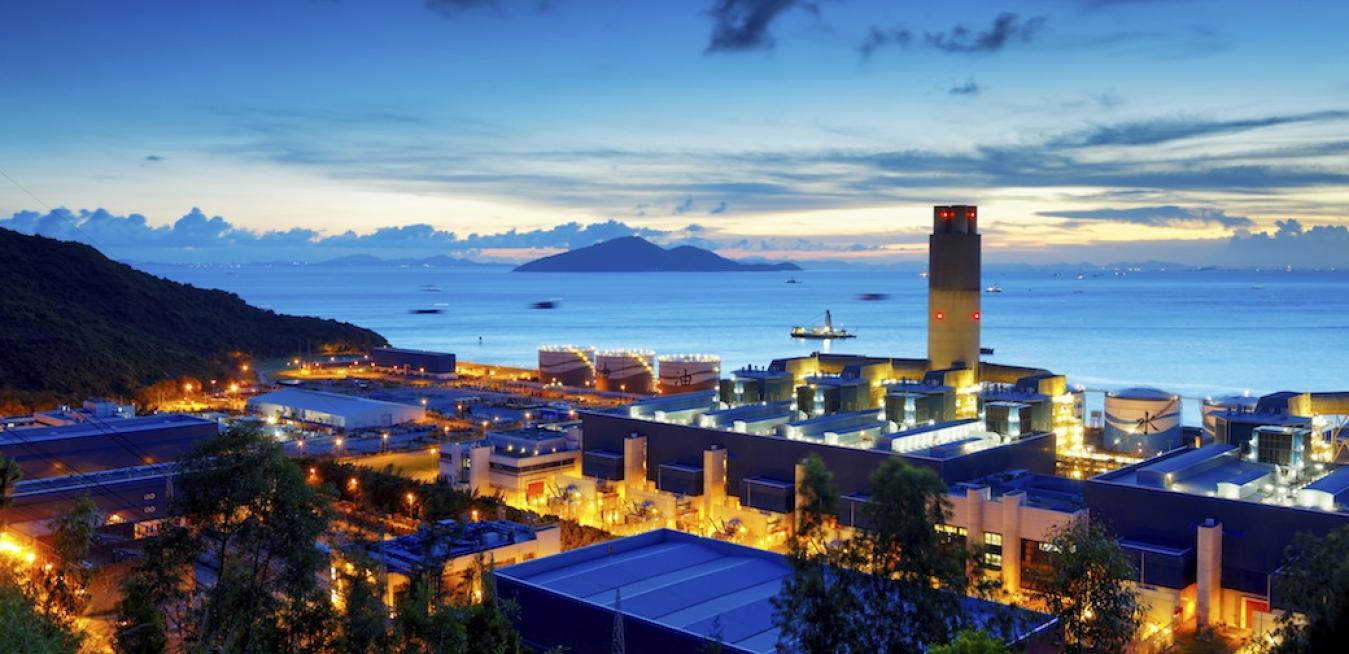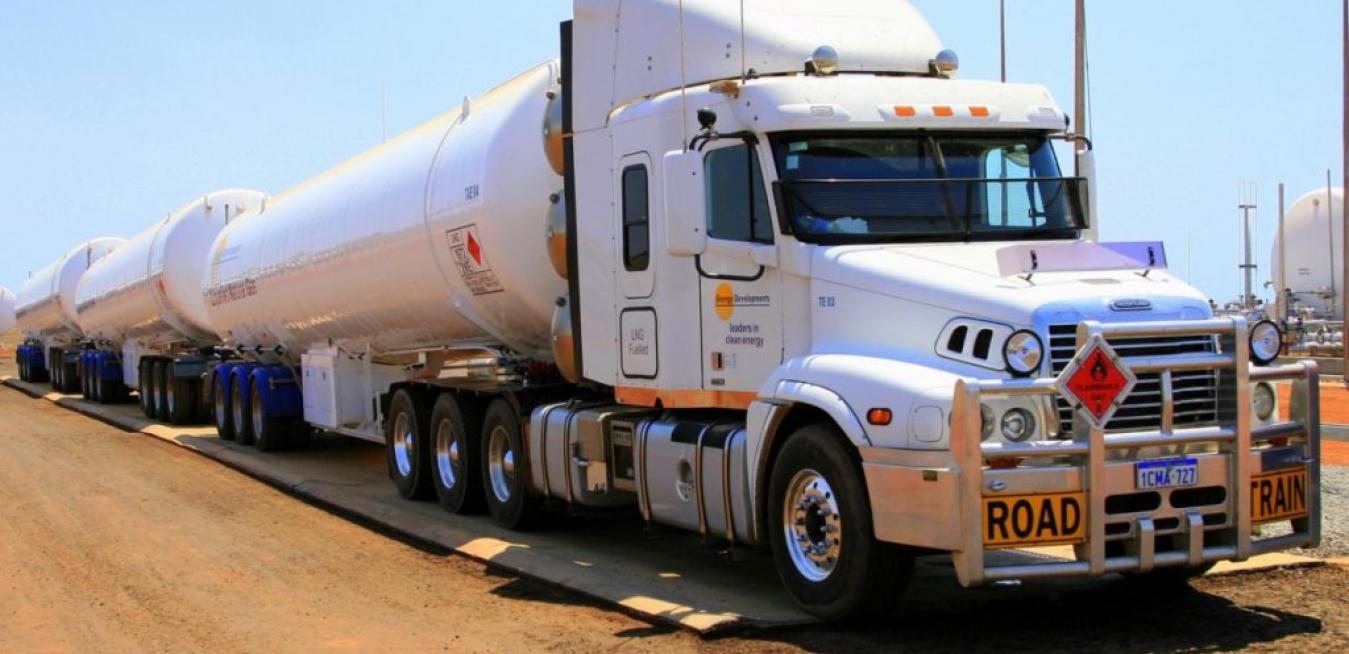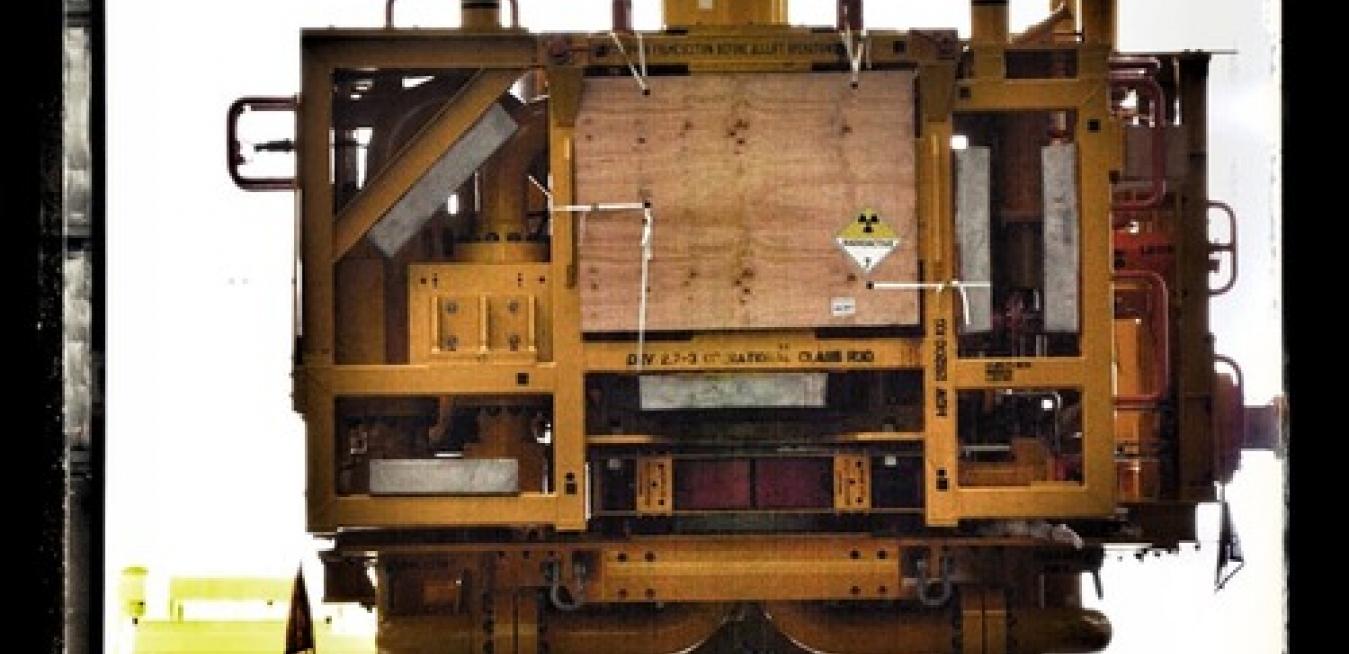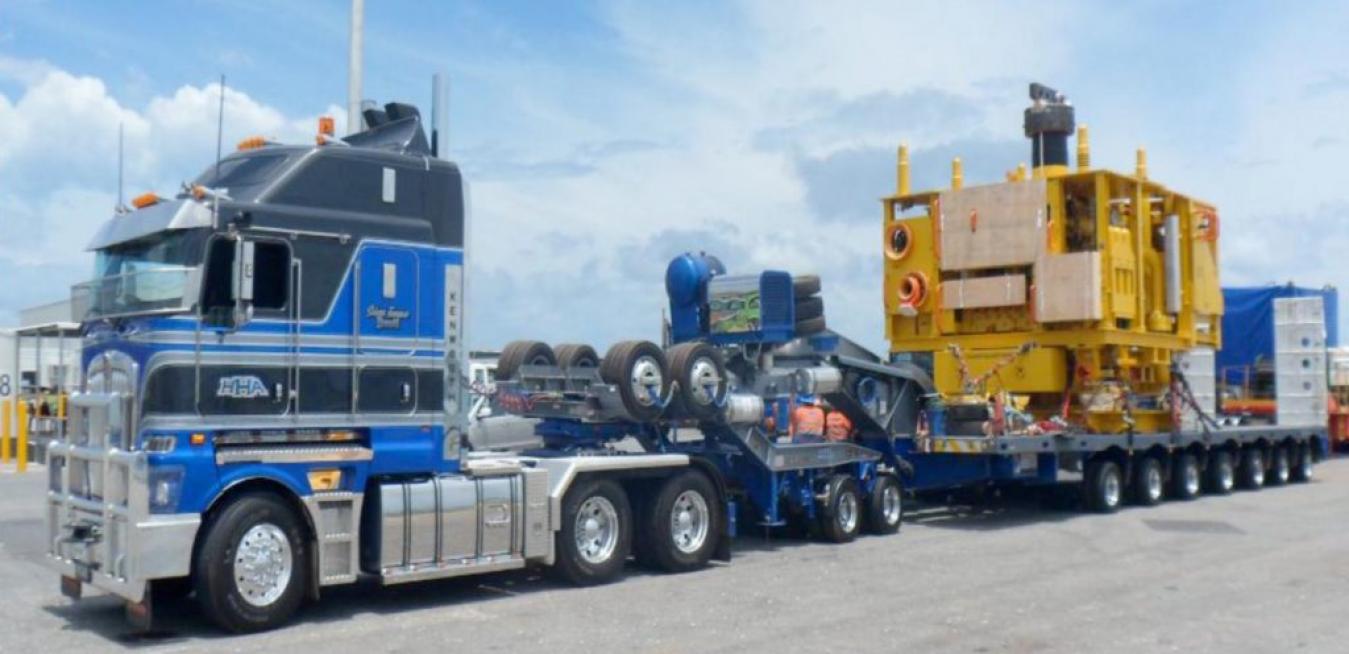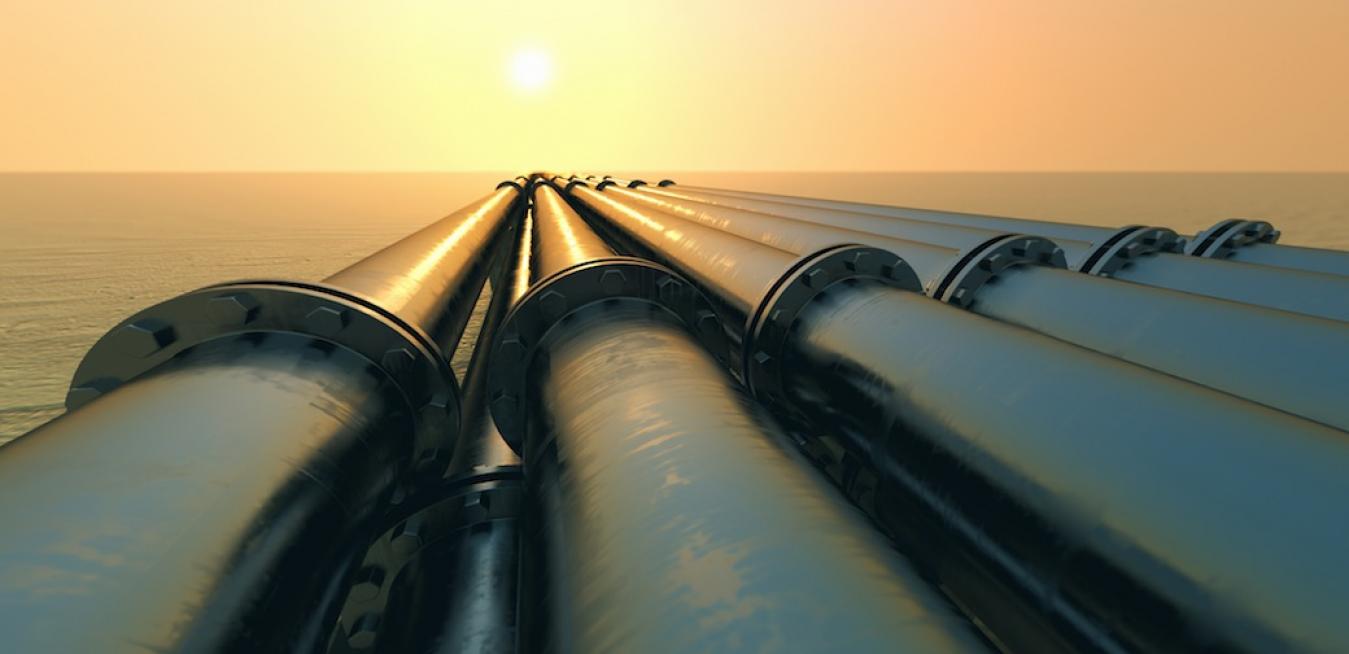In the era of Big Data, project managers need a new skillset and mindset.
Before 1998, the word terabyte didn’t exist. In 2007, the first 1 terabyte hard drive was brought to market. By 2020, we expect GE machines to produce 10 to the 6 terabytes per day of information — 1 million times the size of that hard disk. At GE Oil & Gas, we have unprecedented access to information about our technology and networks, from cradle to grave.
Trillions of dollars need to be invested in power over the next two decades. Here’s how to make emissions-reducing projects more attractive.
Over the course of 2015, large parts of the energy and environmental world will focus attention on achieving a new form of legally binding climate agreement in Paris under the auspices of the UN Framework Convention on Climate Change.
In the choppy waters of the marine business, stability is the name of the game. Whether exploring for oil & gas in deep waters offshore, touring in a luxury cruise-liner or transporting LNG, everyone is after the same thing — greater efficiency.
The beauty of virtual pipelines—routes established to transport natural gas by truck, rail or sea—lies in their flexibility and cost effectiveness. And the economics are constantly ticking over to favour gas over diesel in remote and off-grid applications.
It’s not quite the North Pole, but the Christmas season seems to be always on at the Bridge of Don plant in Aberdeen, Scotland, where GE builds massive machines for subsea oil and gas exploration. That’s because workers at the plant make Christmas trees, an industry nickname for huge mechanical systems that control the flow of oil and gas from subsea wells.
In future columns, I’d like to discuss in detail these technologies and how they are so important to a sustainable future. But what is energy sustainability, and how can it be viewed globally?






